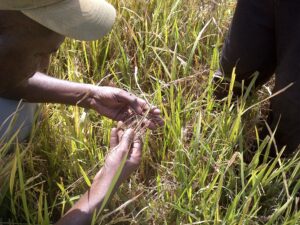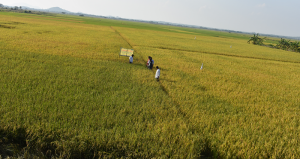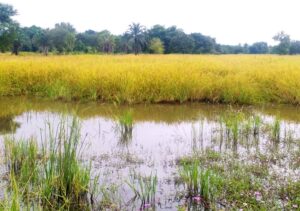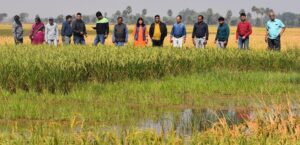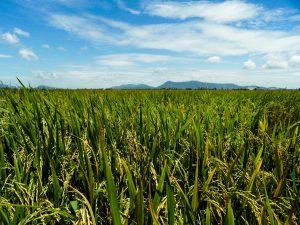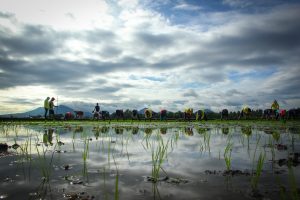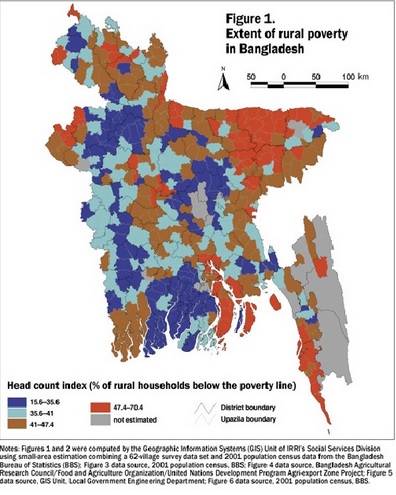 Inequities in living standards limit the prospects for political stability and economic health wherever they occur. The efforts of national governments to narrow these gaps are enjoying increased support as international agencies such as the World Bank and Asian Development Bank adopt development strategies focused on the poor. One resulting challenge is to channel resources effectively to those most in need.
Inequities in living standards limit the prospects for political stability and economic health wherever they occur. The efforts of national governments to narrow these gaps are enjoying increased support as international agencies such as the World Bank and Asian Development Bank adopt development strategies focused on the poor. One resulting challenge is to channel resources effectively to those most in need.
The success of a pro-poor program hinges first upon being able to determine who the poor are and where they are concentrated. Identifying disadvantaged socio-economic groups within a specific geographic area is worthwhile, but the policy implications, such as wealth redistribution, are thorny. Mapping where the poor are concentrated spatially, on the other hand, clearly helps to reline development strategies and priorities. How precisely we manage to target areas for poverty alleviation depends on how finely we map poverty pockets. Then, how well we identify effective interventions to alleviate poverty depends on our understanding of which factors influence it most.
Target areas
In a project for Bangladesh partly funded by the Food and Agriculture Organization of the United Nations, researchers in the Social Sciences Division of the International Rice Research Institute are developing ways to identify and map in detail where the most disadvantaged rural Bangladesh are concentrated. The purpose is to determine target areas and priorities for agricultural research and development interventions.
________________________________________________________________________________


